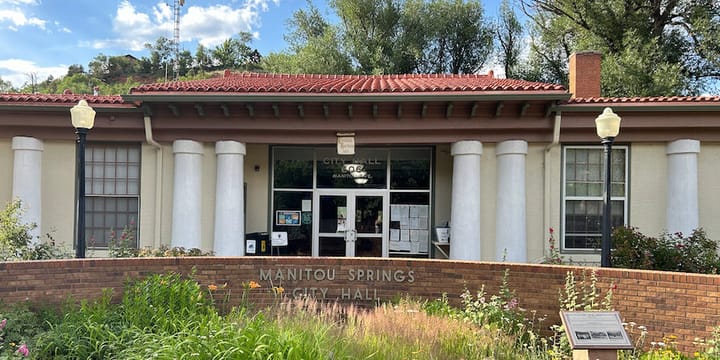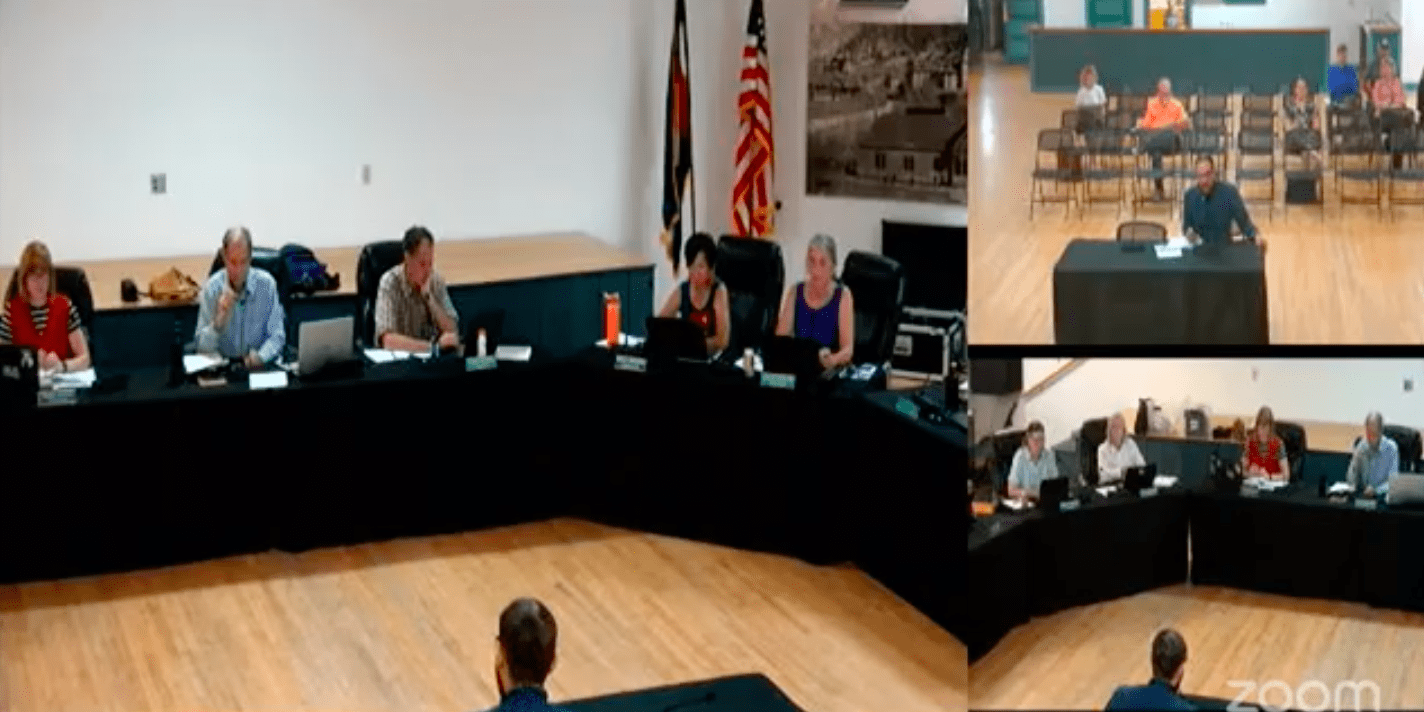OPINION: Holding on to authenticity in the age of AI

This opinion piece reflects the views of John Hazlehurst only and are not endorsed by the Pikes Peak Bulletin.
Who among us has not succumbed to Amazon's siren song? You can get whatever you want from your favorite megabusiness within a day or so, appropriately packaged and shipped, often incorporating absurdly low prices with surprisingly high quality. And how do they manage to do it?
The answer, my friends, is not blowing in the wind. It's increasingly guided by artificial intelligence, the product of supersized data centers. According to a recent article in the New York Times, Amazon "plans to build 30 data centers on a 1,200-acre former cornfield outside New Carlisle, Indiana … with hundreds of thousands of miles of fiber connecting every chip and computer together, the entire complex will form one giant machine intended just for artificial intelligence."
It will consume enough electricity to power a million homes, use millions of gallons of water, and will serve a single customer: the A.I. startup Anthropic, which seeks to create "an A.I. system that matches the human brain."
This is scary stuff, indeed. Amazon's notion of corporate sustainability and efficiency seems to envision a constantly shrinking workforce. What's next? Maybe self-driving robot delivery vans, complete with agile robots delivering your stuff on your front porch.
In the not-too-distant future, there will be no actual humans employed by the company - it'll just be Jeff Bezos and Lauren Sanchez, partying down in picturesque and utterly irrelevant destinations like the Grenadines, Rangiroa and Colorado Springs.
So are we humans helpless, irrelevant and doomed? I hope not, and do everything I can to avoid A.I.'s ever-increasing dominance of everything, but it's not easy.
For example, what about art? With a little help from A.I., anyone can create beautiful swirling abstractions or bucolic images that mimic 19th-century landscapes. Delve a little deeper, and you can put together deepfakes that will seem convincing masterpieces on your shabby living room walls.
This is scary stuff, indeed.
So how do you fight the fakers? Two ways: buy directly from the artists, or collect artworks that are too cheap and unsaleable for scammers to duplicate.
Without realizing it, that's how I built my collection of early-to-mid-20th-century paintings, lithographs, watercolors and etchings. I bought a few big and beautiful pieces from contemporary artists such as Tracy Felix and Clark Richert, and was lucky enough to snatch up undervalued pieces by Harvey Otis Young and Dean Babcock. I lived in an era when fakery was easy to detect, and grew up surrounded by art, much of which I now own. My grandfather Francis Drexel Smith was a more-than-competent artist and the founding chairman of the Fine Arts Center board, and five of his paintings hang on our walls.
In my 85th year, art brings joy. It also brings contentment and continuity, and I often wonder what will happen to it after I'm gone. I'll never know, and that's ok - my art will find homes, and give joy to people I'll never know. I suppose that once I'm gone there will be a big house sale, and a lot of good deals for buyers. In my will, I'll guarantee that no A.I. will pollute the sale.
A final thought: if you love a work of art, it doesn't matter what you paid for it … unless you're totally broke, and you have to trade it for a bag of potatoes. If so, make sure the potatoes are firm and ripe!



